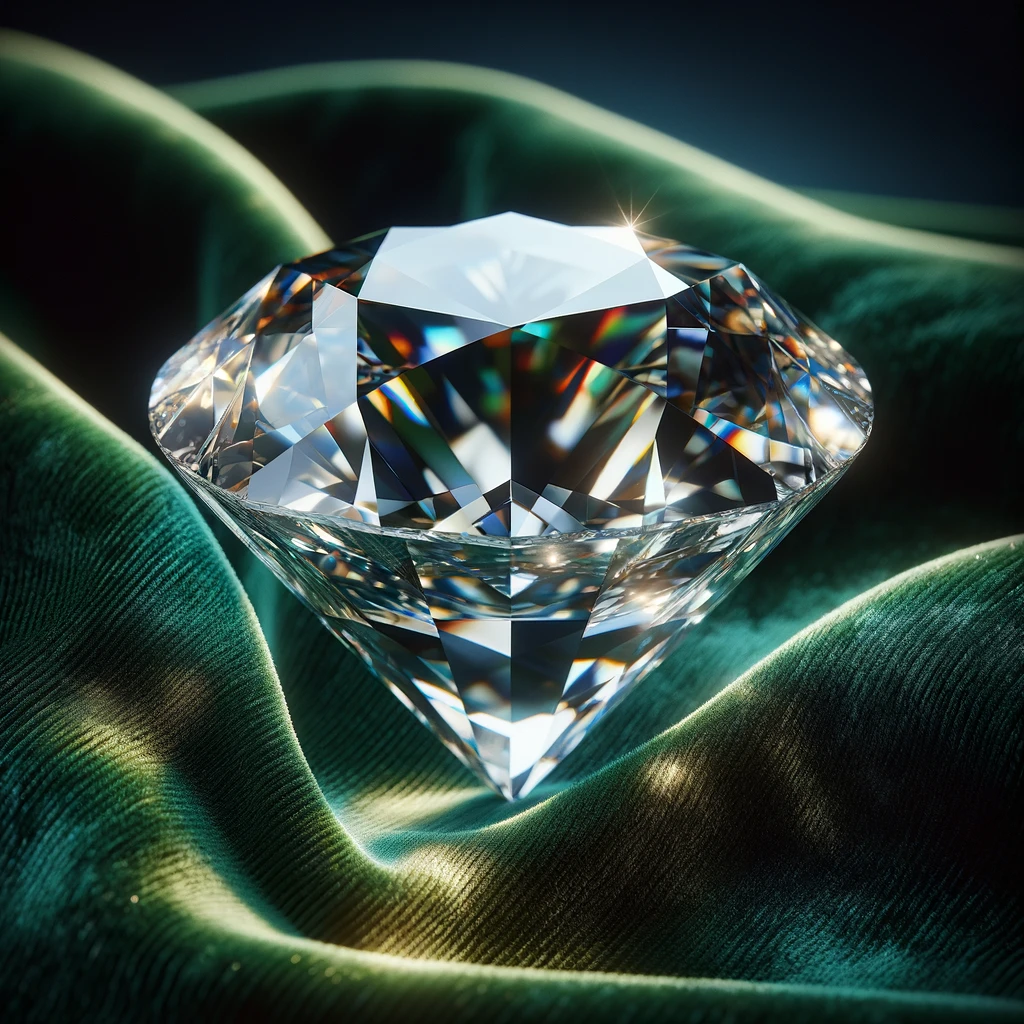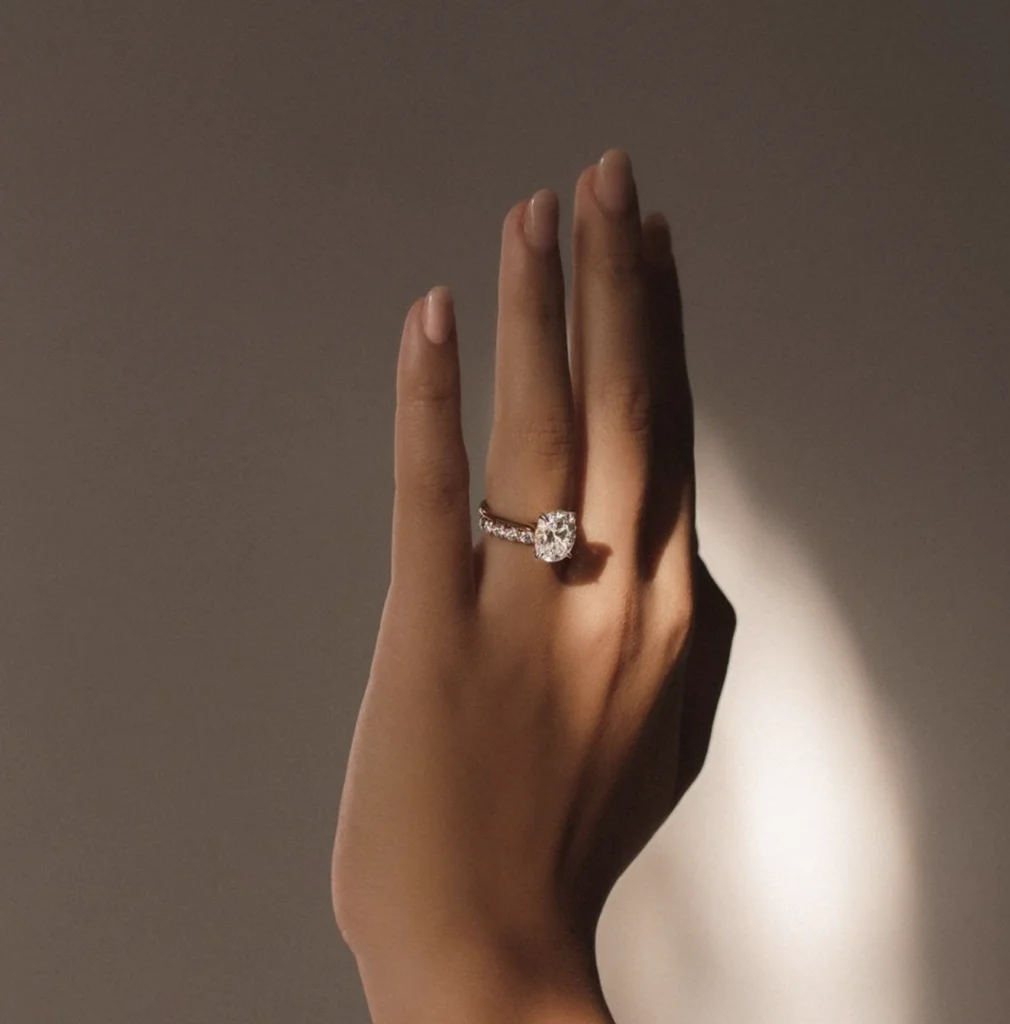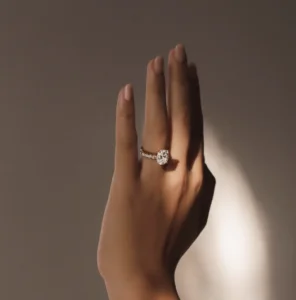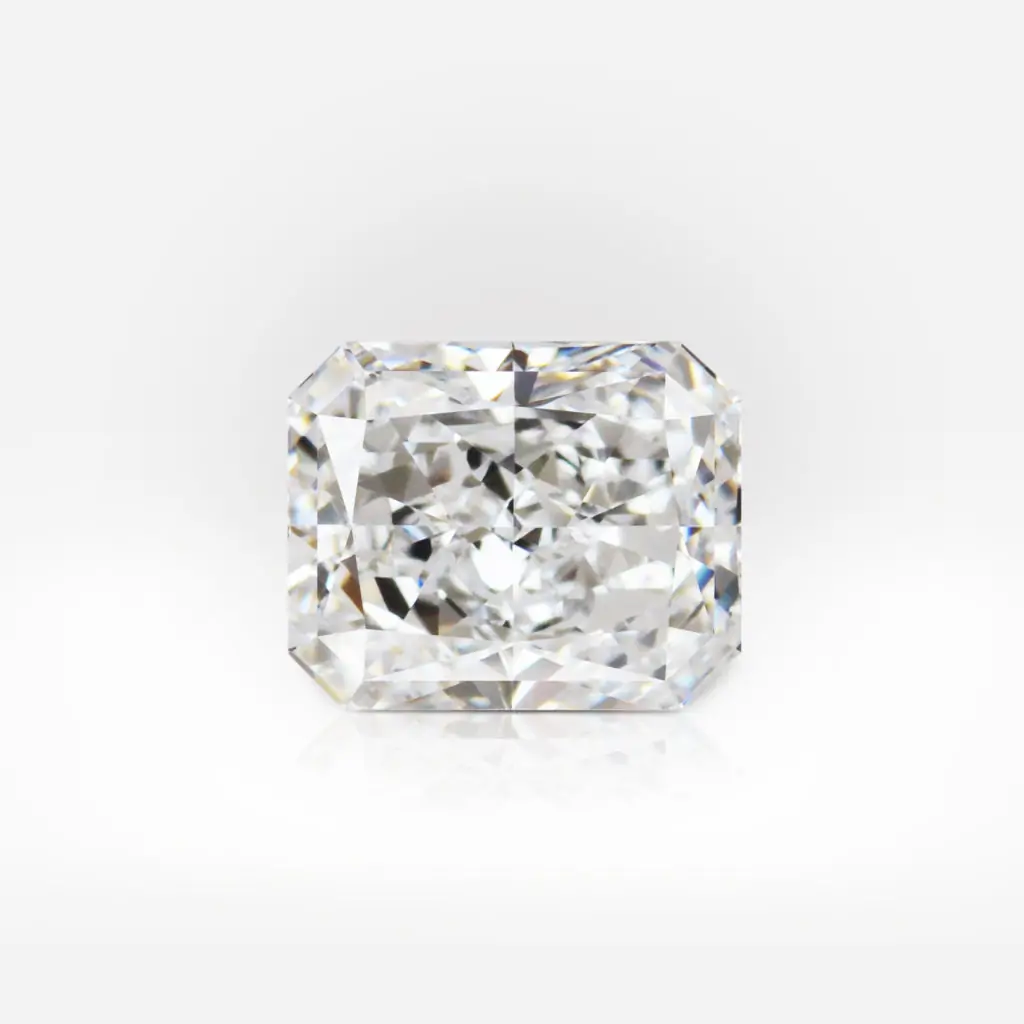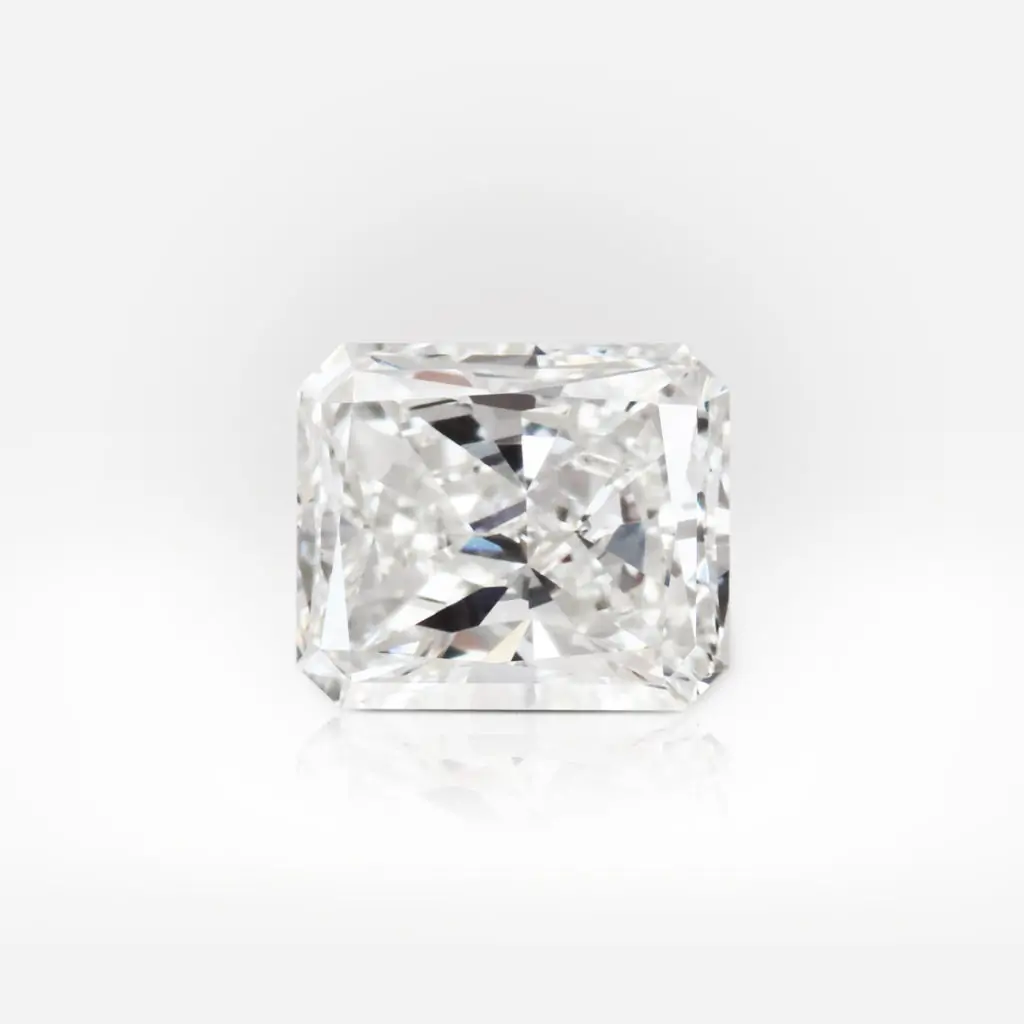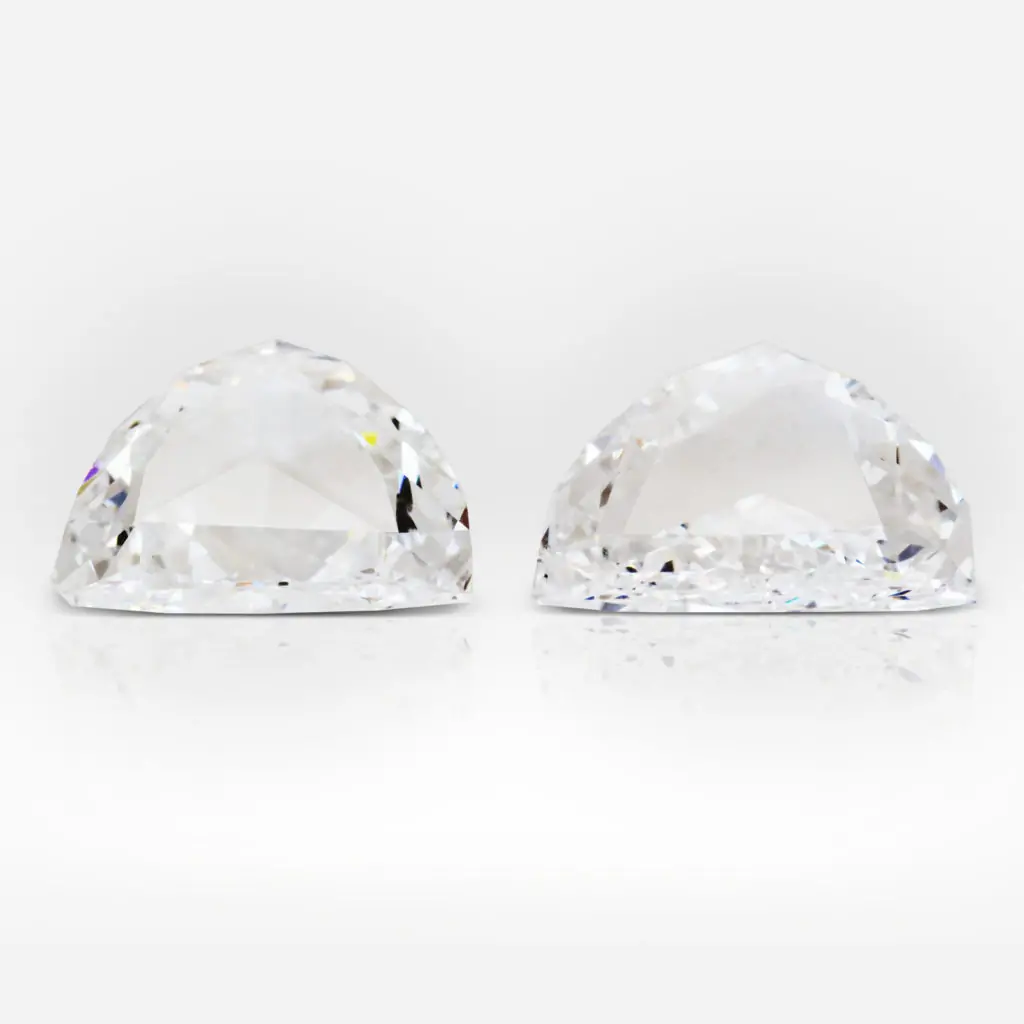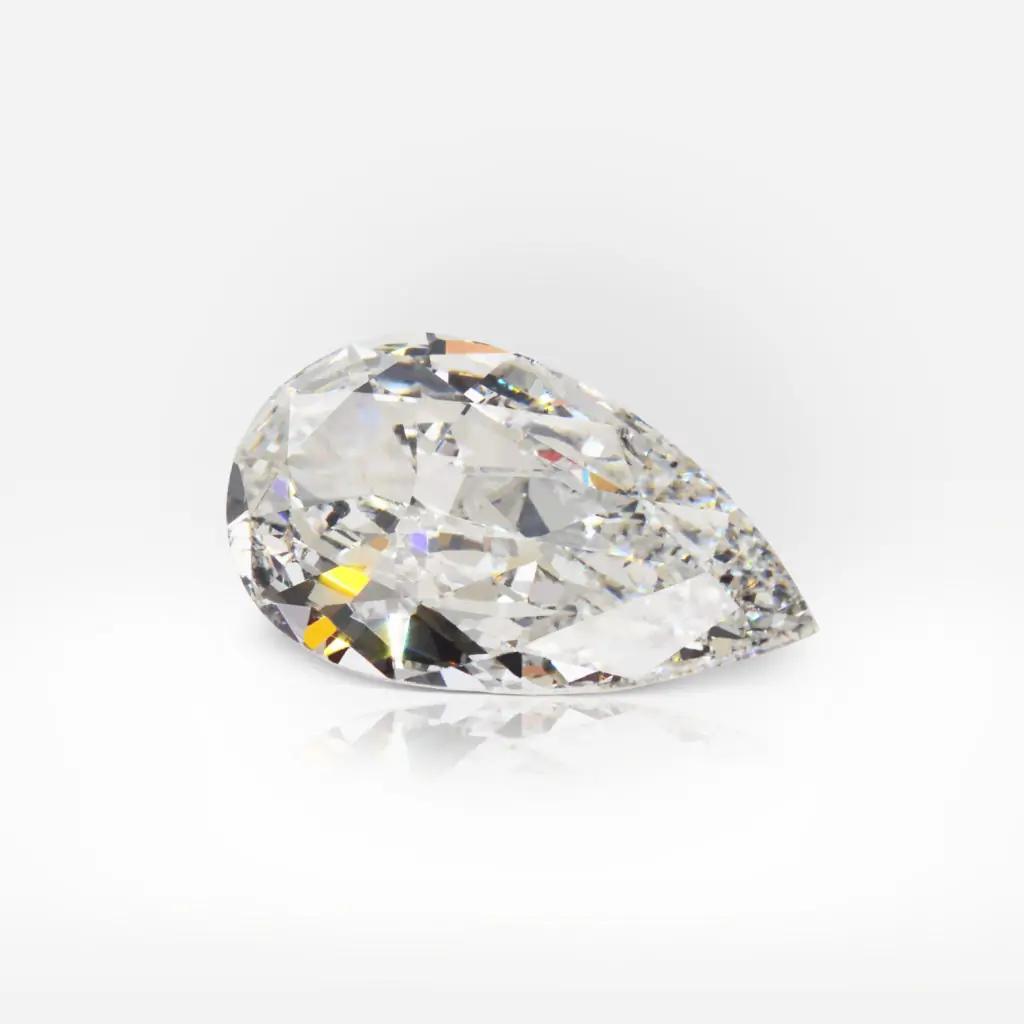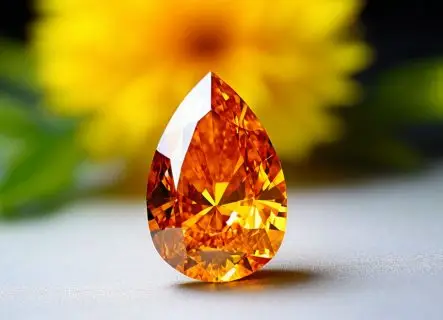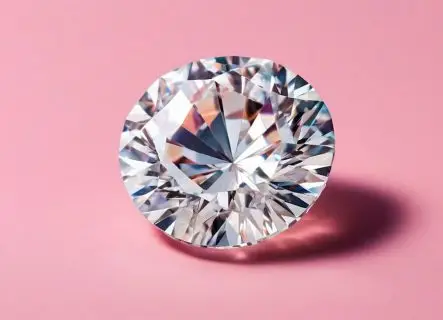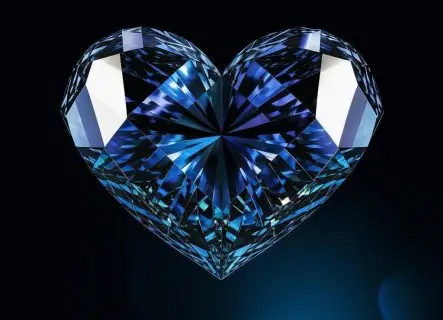The topic of lab-grown diamonds has been discussed more and more in recent times. This is a really fascinating phenomena that generates a lot of questions, in fact.
Imagine getting an artificial diamond for a respectable sum of money. What comes next? In return, what do you receive? What is the value of your diamond? Will it hold up over time in the same manner as real diamonds? There truly needs to be a solution to these questions.
What is a lab-grown diamond?
A lab-grown diamond is an artificially produced stone.
Lab-grown diamonds occur artificially in a laboratory, whereas natural diamonds come from deep within the Earth’s crust. Advanced technology is necessary to produce them; they must replicate the environment and circumstances found beneath the Earth’s crust where natural diamonds originate. Therefore, lab-grown diamonds grow in a matter of weeks, whereas wild diamonds take hundreds of millions of years.
Real carbon atoms organized in the diamond crystal structure make up lab-created diamonds. They have the same optical and chemical characteristics as real diamonds because they are composed of the same substance.
There are countless forms, dimensions, and hues of lab-created diamonds to choose from.
Lab-grown diamond prices
It’s time to accept reality if you believed that purchasing an imitation diamond would save you a significant amount of money. Diamonds created in laboratories are not cheap. Of course, they are less expensive than real diamonds; typically, there is a 30% difference in price.
A lab-grown diamond typically costs between $800 and $1,000 per carat.
The cost of natural diamonds reflects their rareness. Volcanic eruptions are necessary to bring naturally occurring diamonds sufficiently close to the surface for mining, as they form deep within the earth.
Lab-grown diamonds are not reliant on the natural world because they are man-made. This implies that there are more lab-grown diamonds available, which has an impact on the cost.
Lab-grown diamonds VS natural ones
There is a huge difference in price, second-hand market worth, and overall “desirability” between lab-grown and natural diamonds, despite their structural and superficial similarities.
Let’s take a closer look at each point.
Material value
Diamonds created in laboratories are not a wise investment. Their price continues to decline over time with no indications that it will halt or reverse. Here, a straightforward rule applies: the more rivals who take advantage of this technological advancement and enter the market, the less their product will cost.
Moreover, since there is no market for lab-created diamonds in the secondary market, it is nearly hard to resale them.
At the same time, the cost of natural diamonds rises in addition to maintaining its original worth. Since the natural diamond deposits will eventually run out, there will always be a great demand for them. As a result, the value of each replica diamond will only rise due to increased attention and demand.
Symbolic value
Diamonds are one of the planet’s remarkable treasures. Their development in the earth’s depths is a multifaceted process that takes thousands of years to complete and ultimately results in amazing beauty.
Diamonds are extremely expensive because of their uniqueness and rarity.
By investing in a genuine diamond, we reach out to eternity and try to unravel the mystery of nature—or come near to it, anyway.
An artificial diamond, on the other hand, is worthless in both material and metaphorical senses. For a comparatively large sum of money, it is just a gorgeous stone with nothing to do with nature.
Natural diamonds are also a great way to invest in the family’s history. Precious heirlooms are still a popular idea to inherit.
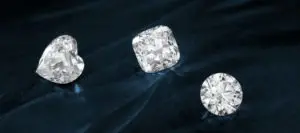
Impact on nature
Concerns about how the diamond mining process affects the environment might exist among certain people. However, because growing lab-grown diamonds is a carbon-intensive process, a research from the Diamond Producers Association asserts that natural diamonds are actually more environmentally friendly than lab-grown ones.
Social significance
This may not be a very clear point. That doesn’t, however, lessen its significance.
Purchasing natural diamonds contributes financially to a sector of the economy that supports thousands of workers, including miners, gem cutters, sizers, and sorters of diamonds. The money paid for a diamond contributes to the economic growth of several developing nations. For example, schools are constructed in areas where stone is mined and produced with this money, and new companies are built, providing jobs for the inhabitants.
This is not what happens when you purchase a lab-created diamond. Your funds support the upkeep and expansion of a certain company.
Subscribe to discover the world of diamonds and gems. If you have any questions, please let us know.


